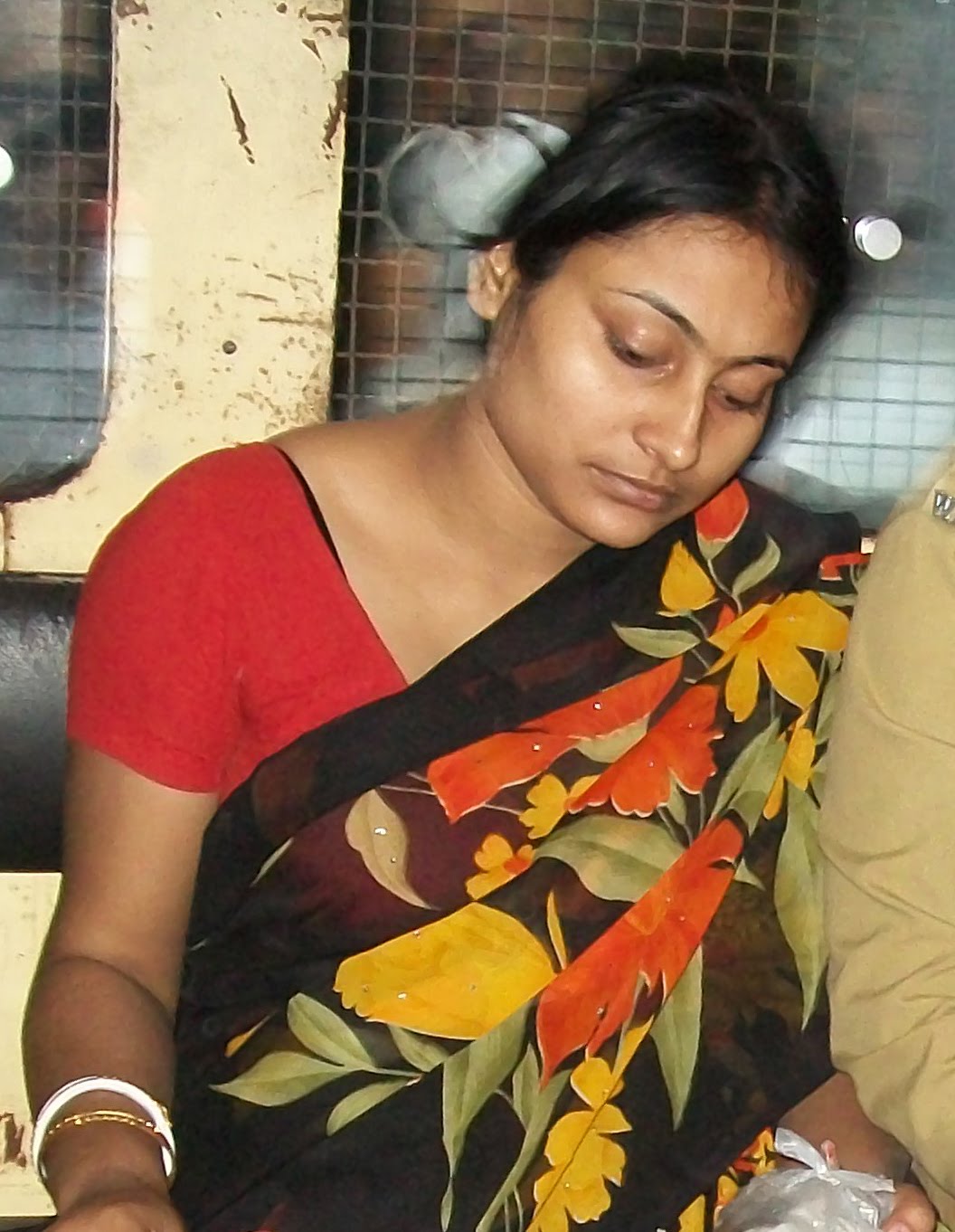Philippine Theatre During the Spanish Era: A Dramatic History
Imagine a stage vibrant with colorful costumes, music, and passionate performances. This was the scene in the Philippines during the Spanish colonial era, a time when theatre flourished as a powerful medium for storytelling, religious instruction, and social commentary. This period gave birth to unique theatrical forms that blended indigenous traditions with Spanish influences, resulting in a rich and complex theatrical landscape. We'll explore these diverse forms of Philippine theatre, known as "mga uri ng dula sa panahon ng kastila," delving into their origins, significance, and lasting impact on Filipino culture.
The Spanish colonization of the Philippines, spanning over three centuries, dramatically reshaped the archipelago's cultural landscape, including its theatrical traditions. Pre-colonial Filipinos had their own forms of performance, including rituals, dances, and storytelling, often intertwined with animistic beliefs and community celebrations. The arrival of the Spanish brought with it new theatrical forms, primarily driven by the Catholic Church's desire to spread Christianity and solidify its influence.
One of the most prominent theatrical genres that emerged during this time was the "komedya," also known as "moro-moro." These elaborate plays depicted battles between Christians and Muslims, often portraying the Christians as virtuous heroes and the Muslims as villains. While ostensibly designed to promote Christianity, the komedya also reflected the ongoing socio-political tensions of the time. Another significant form was the "sinakulo," a dramatic retelling of the Passion of Christ. Performed during Holy Week, the sinakulo became a deeply ingrained tradition, offering a powerful emotional experience for Filipino communities.
The "sarswela," a musical play that incorporated elements of both Spanish and Filipino traditions, emerged later in the Spanish colonial period. Often featuring romantic plots and social commentary, the sarswela gained immense popularity, becoming a significant platform for expressing Filipino identity and aspirations. These diverse theatrical forms—komedya, sinakulo, and sarswela—represent just a few of the "mga uri ng dula sa panahon ng kastila." They offer invaluable insights into the cultural exchange, societal dynamics, and artistic expressions of this transformative period in Philippine history.
Understanding the "mga uri ng dula sa panahon ng kastila" is crucial for appreciating the evolution of Philippine theatre and its role in shaping national identity. These theatrical forms reflect the complex interplay of indigenous traditions and colonial influences, demonstrating the Filipino people's resilience and creativity in adapting and transforming artistic expressions. By studying these historical theatrical forms, we gain a deeper understanding of the socio-political context of the Spanish colonial era and the enduring legacy of this period on contemporary Filipino culture.
One key issue surrounding these plays was the often stereotypical portrayals of Muslims in the komedya, perpetuating prejudice and reinforcing colonial narratives. This is an important aspect to consider when studying these plays, as it highlights the complexities and potential biases present within these historical performances.
Advantages and Disadvantages of "Mga Uri ng Dula sa Panahon ng Kastila"
While these theatrical forms offered a platform for artistic expression and cultural preservation, they also presented certain drawbacks. Here's a look at some of the advantages and disadvantages:
| Advantages | Disadvantages |
|---|---|
| Preservation of oral traditions through performance | Potential for reinforcing colonial narratives and stereotypes |
| Development of unique theatrical forms blending Filipino and Spanish influences | Limited opportunities for showcasing indigenous narratives outside of colonial frameworks |
| Platform for social commentary and expression of Filipino identity | Censorship and control by colonial authorities |
Frequently Asked Questions about "Mga Uri ng Dula sa Panahon ng Kastila":
1. What is the meaning of "mga uri ng dula sa panahon ng kastila"? It translates to "types of plays during the Spanish period" in Filipino.
2. What was the most popular type of play during this era? The komedya and sinakulo enjoyed widespread popularity.
3. How did these plays influence contemporary Filipino theatre? Many elements, like musicality and dramatic storytelling, continue to influence modern Filipino performances.
4. Where were these plays typically performed? Often in town plazas, churches, or during community festivals.
5. Who were the actors in these plays? Both amateur and professional actors participated.
6. What was the role of music in these plays? Music played a crucial role, enhancing the emotional impact and narrative.
7. Are these plays still performed today? While less common, some groups still perform these traditional forms, often adapting them to contemporary contexts.
8. How can I learn more about these plays? Research online, explore libraries, or attend cultural performances focusing on Filipino history.
In conclusion, "mga uri ng dula sa panahon ng kastila" offers a fascinating glimpse into the cultural landscape of the Philippines during the Spanish colonial period. From the elaborate battles of the komedya to the poignant narratives of the sinakulo and the vibrant music of the sarswela, these theatrical forms reflect the complex interplay of indigenous traditions and colonial influences. While facing challenges such as colonial censorship and the perpetuation of stereotypes, these plays also served as a powerful medium for artistic expression, cultural preservation, and social commentary. Studying these plays is crucial for understanding the evolution of Philippine theatre and its enduring impact on Filipino identity. We encourage you to delve further into this rich history and appreciate the artistry and resilience of Filipino theatrical traditions.
Unveiling the web of spiderman cakes cost and celebration
Elevacion de ramos arizpe unveiling the altitude of a mexican city
Hydration for infants when can a 2 month old have water














